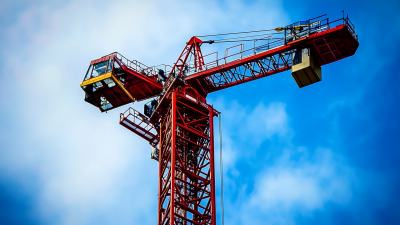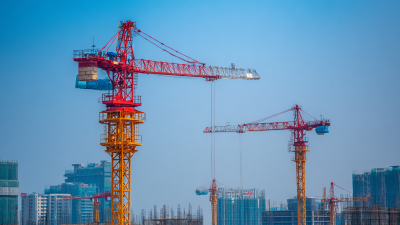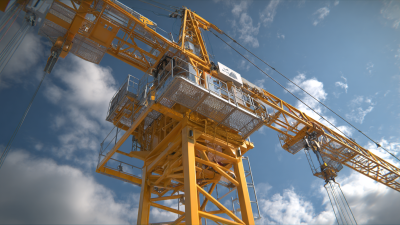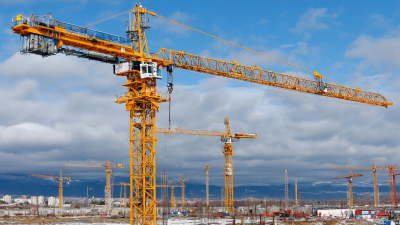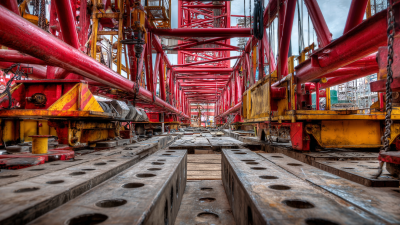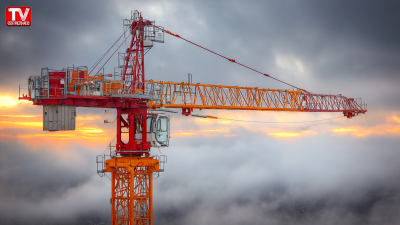The architectural landscape of modern urban development is significantly shaped by the remarkable capabilities of tower cranes, pivotal in constructing towering structures that define city skylines. According to a recent report by the Global Construction Market, the demand for tower cranes is projected to grow at a CAGR of 3.5% from 2023 to 2028, driven by rising urbanization and infrastructure projects globally. With their impressive reach and load capacity, these cranes are not just essential tools in construction but also fascinating subjects for visual exploration. "Tower Cranes Pictures" capture the intricate designs and impressive engineering of these machines, showcasing their vital role in the construction industry. As we delve into this visual journey, we will uncover how aesthetic considerations and innovative designs merge to elevate the functionality and appeal of tower cranes, reinforcing their status as icons of contemporary architecture.
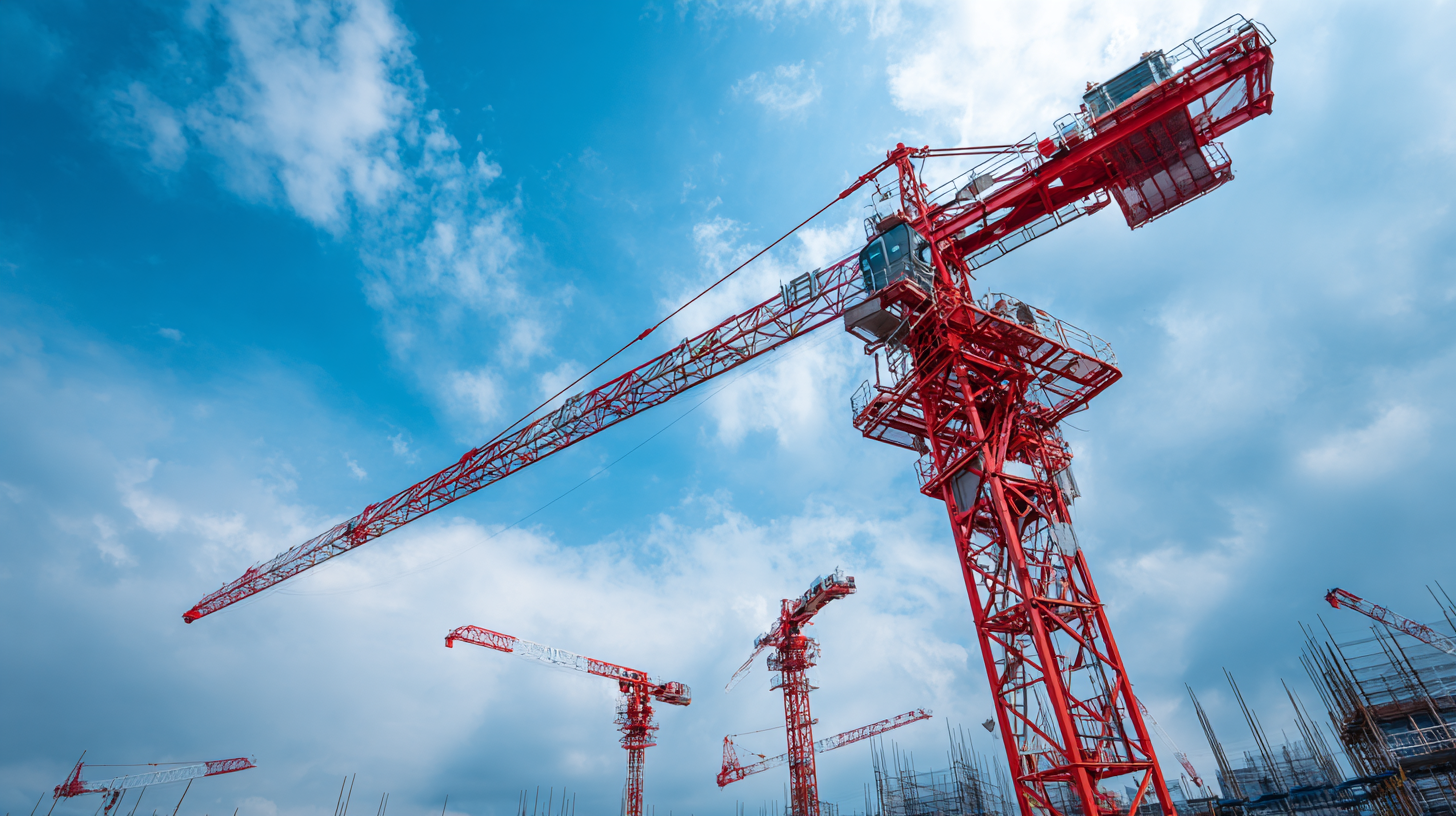
Tower cranes are among the most visually striking and architecturally significant features of modern construction landscapes. As vertical marvels, they not only facilitate the lifting of heavy materials but also symbolize progress and innovation in the construction industry. According to a report by Research and Markets, the global tower crane market is expected to reach USD 3.4 billion by 2027, driven by rapid urbanization and the continuous demand for residential and commercial buildings. This growth reflects the engineering excellence behind tower cranes, blending functionality with captivating designs that redefine city skylines.
When exploring the aesthetics of tower cranes, it's fascinating to see how different designs embody various architectural philosophies. For instance, the lattice boom crane, known for its lightweight structure, is prevalent in both urban and rural projects. On the other hand, the hammerhead crane showcases a robust form, often used for high-rise buildings. Tips for appreciating these structures include observing how their design affects workflow on-site and considering how they contribute to the overall project's aesthetic appeal.
Understanding the operational aspects of tower cranes can further enhance our appreciation of their design. Did you know that the average height of tower cranes used in skyscraper construction can reach up to 1,000 feet? This significant scale requires advanced engineering solutions to ensure safety and efficiency. Keep an eye out for unique features such as self-climbing mechanisms that allow cranes to adapt to growing structure heights while maintaining stability and performance.
The landscape of construction has been revolutionized by innovative designs in tower cranes, with technology playing a pivotal role in their evolution. Recent industry reports indicate that the global tower crane market is projected to reach approximately $4.5 billion by 2025, reflecting a compound annual growth rate (CAGR) of about 4.2%. This growth is largely attributed to advancements in design and engineering, allowing for cranes that are not only taller and more efficient but also equipped with smart technology for enhanced safety and performance.
Modern tower cranes now feature integrated software systems that provide real-time data on load management, crane movements, and even predictive maintenance. According to a survey by the Industrial Crane Association, over 70% of construction companies have reported decreased downtime and increased productivity due to these technological enhancements. Furthermore, innovative materials and designs, such as the use of lighter yet stronger alloys and modular components, have allowed manufacturers to create cranes that can tackle complex projects with greater ease, ultimately reshaping how construction sites operate in urban environments.
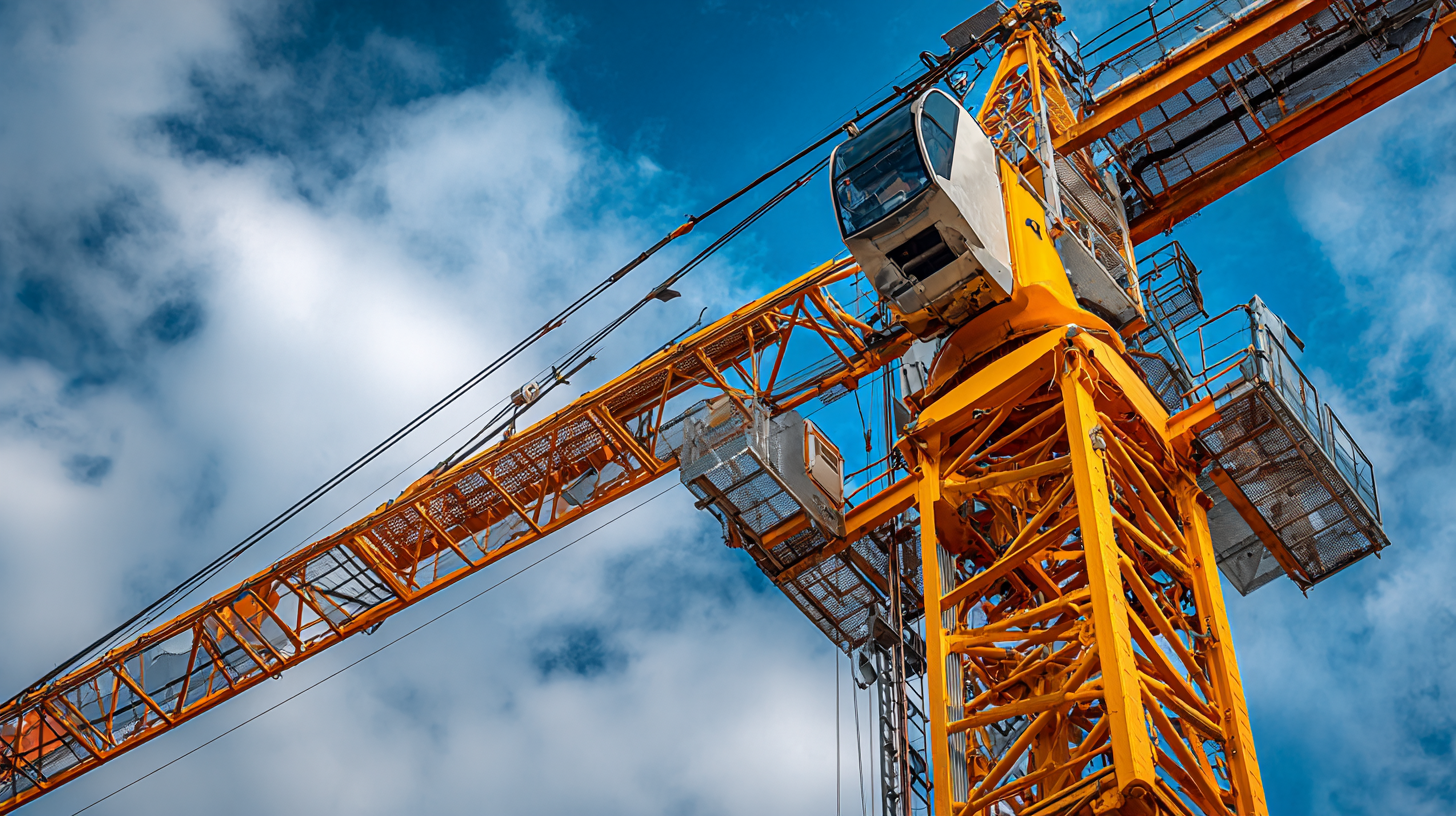
The design of tower cranes presents a fascinating interplay between aesthetics and functionality, where both elements are essential to their successful integration into urban landscapes.
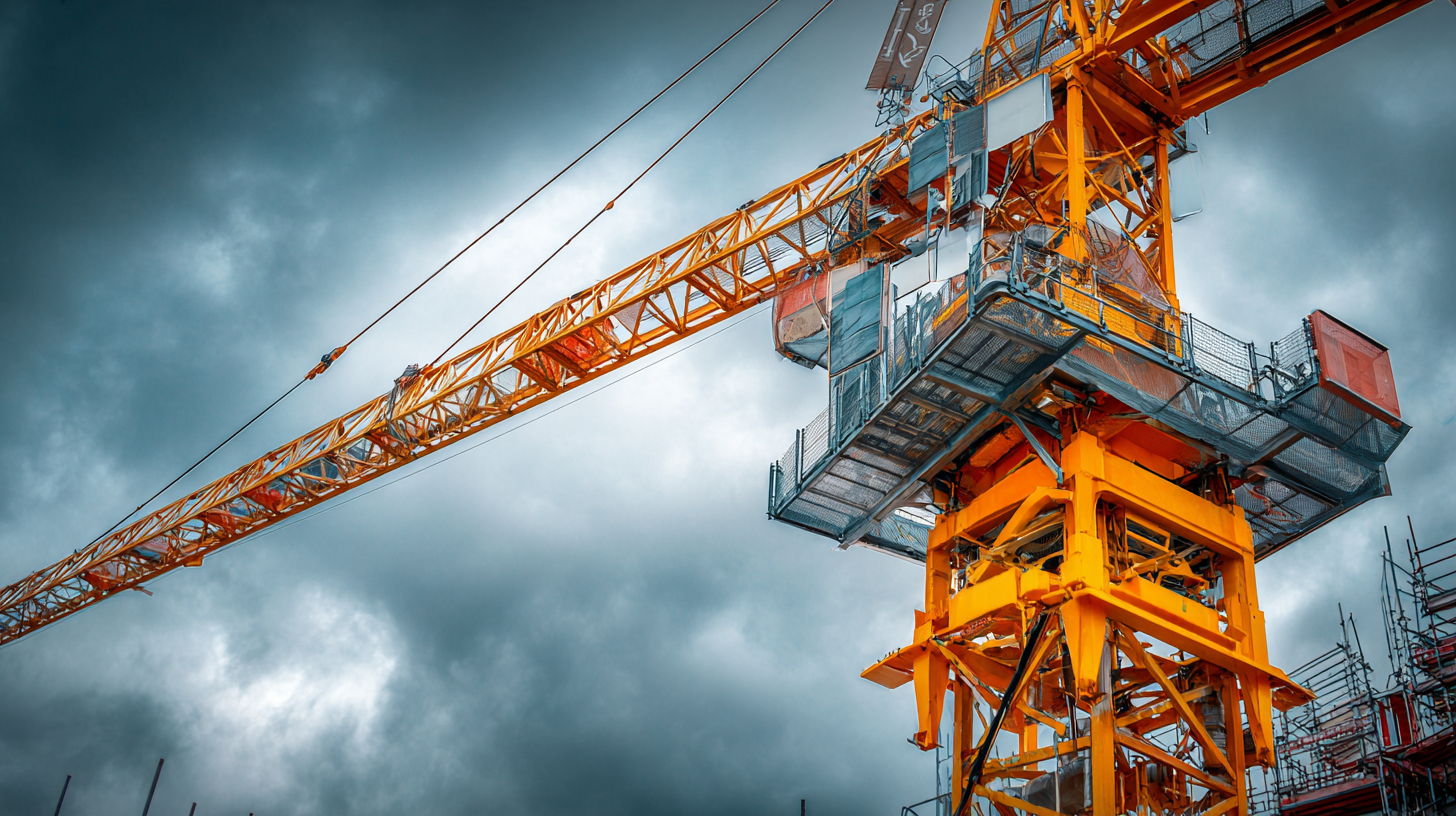 Architects and engineers strive to create structures that are not only capable of lifting heavy loads but also visually appealing. The sleek lines and innovative forms of modern tower cranes reflect an evolution in design that prioritizes both performance and beauty, demonstrating that industrial machinery can indeed possess an artistic quality.
Architects and engineers strive to create structures that are not only capable of lifting heavy loads but also visually appealing. The sleek lines and innovative forms of modern tower cranes reflect an evolution in design that prioritizes both performance and beauty, demonstrating that industrial machinery can indeed possess an artistic quality.
Functionality remains at the heart of tower crane design. These towering giants must operate efficiently while ensuring safety and stability in variable environments. The engineering behind their mechanisms, such as load distribution and reach, directly influences their aesthetic form.
For instance, cranes with extended booms exhibit a dynamic silhouette against the skyline, symbolizing progress and construction. The challenge for designers is to harmonize the robust engineering features with a visually striking appearance, resulting in cranes that not only dominate the skyline but enhance it as well, showcasing the potential of industrial design in thriving urban settings.
Tower cranes are fascinating structures that have become symbols of modern construction, soaring high above skylines with their distinctive features and capabilities. Each iconic crane tells a story of engineering excellence and design innovation, contributing significantly to urban landscapes. For instance, the Liebherr 630 EC-H, known for its impressive load capacity and versatility, is predominately seen in various construction sites around Europe, while the Terex CBR 125 tower crane, with its unique curved boom and compact design, stands out in metropolitan areas like Tokyo.
Furthermore, the Shanghai Tower crane, recognized for its extraordinary height and engineered precision, showcases the advancements in crane technology that allow for safer and more efficient building processes. In contrast, the iconic yellow tower cranes seen across the Dubai skyline represent a remarkable mixture of function and aesthetic appeal, symbolizing rapid urban growth and architectural ambitions. Through a comparative analysis of these remarkable cranes, we not only appreciate their diverse designs but also gain insights into the cultural and technological contexts that shape their usage in different regions across the globe.
 The future of tower cranes is poised for innovation, driven by advancements in technology and evolving industry demands. As urbanization accelerates, the construction sector is increasingly relying on more efficient, safer, and environmentally friendly equipment. Trends such as automation, smart technology integration, and enhanced safety features are shaping the landscape of tower cranes. For instance, data analytics and real-time monitoring systems are becoming essential, allowing operators to optimize performance and reduce downtime.
The future of tower cranes is poised for innovation, driven by advancements in technology and evolving industry demands. As urbanization accelerates, the construction sector is increasingly relying on more efficient, safer, and environmentally friendly equipment. Trends such as automation, smart technology integration, and enhanced safety features are shaping the landscape of tower cranes. For instance, data analytics and real-time monitoring systems are becoming essential, allowing operators to optimize performance and reduce downtime.
Tip: Consider investing in a tower crane equipped with IoT capabilities. These cranes can provide valuable insights into operational efficiency and maintenance needs, ultimately helping to reduce costs and improve project timelines.
Meanwhile, sustainability is a significant focus as companies strive to minimize their carbon footprint. Expect to see more cranes designed with lightweight materials and energy-efficient systems. The shift towards modular construction also influences crane designs, as companies seek equipment that is easier to transport and set up on-site.
Tip: When selecting a crane for your next project, evaluate the potential for energy savings and sustainable practices. Choosing cranes that adhere to green standards can pave the way for more responsible construction processes.
